Introduction:
Foreign Institutional Investor (FII) funds play a crucial role in the Indian markets by providing substantial capital inflows that can significantly influence market dynamics. FIIs bring liquidity, which can boost stock prices and overall market confidence, helping businesses raise capital for growth and development. Their investments often drive market trends and influence market sentiment due to the large volumes involved.
However, FII activity has both positive and negative effects:
Positive Effects:
Increased Liquidity: FIIs inject capital into the markets, improving liquidity, which can lead to tighter spreads, better price discovery, and reduced volatility.
Boost to Stock Prices: When FIIs buy into Indian stocks, it often drives stock prices higher, benefiting domestic investors and improving company valuations.
Economic Growth: Their investments fuel sectors like infrastructure, manufacturing, and financial services, aiding overall economic development.
Improved Market Perception: The presence of FIIs is seen as a sign of international confidence in India's economic prospects, encouraging further investment.
Negative Effects:
Volatility: FIIs are sensitive to global events and macroeconomic conditions. Sudden withdrawal of funds due to global uncertainties can cause sharp declines in stock prices, creating market volatility.
Dependence: The Indian markets become highly dependent on FII flows. A heavy reliance can create instability if foreign capital retreats during global economic downturns or when the U.S. Federal Reserve hikes interest rates.
Currency Fluctuations: Large inflows or outflows of foreign capital can impact the rupee’s value, leading to currency volatility, which affects trade balances and inflation.
Now, let's say the FII has made some investment in India (Inflow), how would you track this?
We solve this problem by dissecting the economy into multiple sectors and checking individually where the fund is flowing. This is how we can understand specifically where the money is being pumped in or sucked out of…
To help you understand better, we have 21 sectors here with us representing a major chunk of the economy, and we have analyzed the fund flow for the year 2024. Also, as per our research, we have given reasonable explanations about why FIIs are behaving in such a manner.
10 Sectors that we will be discussing in Part 1:
1. Automobile:
Net inflow: Overall, there was a net FII inflow in the automobile sector during the period.
Fluctuating trends: The inflow and outflow were volatile throughout the year, with significant increases and decreases in various periods.
Reasons for outflow: The decrease in FII inflow in certain periods could be attributed to various factors, such as:
Decrease in sales volume: A decline in automobile sales could lead to lower investor confidence and reduced FII inflow.
Global factors: Global economic conditions, geopolitical tensions, or changes in interest rates could also influence FII flows.
Specific periods of inflow: Significant inflows in February, April-May, and July-August.
2. Chemical:
Net inflow: Overall, there was a net FII inflow in the Chemical sector during the period.
Fluctuating trends: The inflow and outflow were volatile throughout the year, with slight increases and decreases in various periods.
Reasons for inflow: The increase in FII inflow in certain periods could be attributed to various factors, such as:
"China Plus One" Strategy: With increasing geopolitical tensions, companies are looking to diversify their sourcing away from China.
Government Support: Government initiatives like "Make in India" and production-linked incentive schemes are actively promoting the growth of the chemical sector.
Specific periods of inflow: Significant inflows in March to July.
3. Capital Goods:
Net inflow: Overall, there was a net FII inflow in the construction sector during the period.
Fluctuating trends: There were primarily inflows during the period.
Reasons for inflow: The increase in FII inflow in certain periods could be attributed to various factors, such as:
Increased Budget: Under Interim Budget 2024-25, capital investment outlay for infrastructure has been increased by 11.1% to Rs.11.11 lakh crore (US$ 133.86 billion), which would be 3.4 % of GDP. Being an ancillary sector, the Capital Goods sector is bound to grow as well.
Specific periods of inflow: The significant inflows are from January to July.
4. Construction:
Net outflow: Overall, there was a net FII outflow in the construction sector during the period.
Fluctuating trends: There were primarily outflows during the period.
Reasons for outflow: The decrease in FII inflow in certain periods could be attributed to various factors, such as:
Overvaluation: The construction sector might have been perceived as overvalued, leading to FIIs selling their holdings to book profits.
Retail investor frenzy: Excessive retail investor interest could have driven up stock prices, creating a bubble-like situation. FII started to book profits.
Specific periods of outflow: The significant outflows in January, February, May-June, and July-August.
5. Construction Materials:
Net outflow: Overall, there was a net FII outflow in the construction materials sector during the period.
Fluctuating trends: The inflow and outflow were volatile throughout the year, with significant increases and decreases in various periods.
Reasons for outflow: The decrease in FII inflow in certain periods could be attributed to various factors, including:
Declining margins: Declining margins for companies in the construction materials sector could reduce profitability and deter FII investment.
Key metrics down: A decline in key metrics like EBITDA per tonne might indicate financial difficulties and impact investor sentiment.
Cyclical nature: The construction materials sector is cyclical, with periods of growth and decline. A downturn in the sector could lead to reduced FII interest.
High competition: Intense competition among a few players in the industry could lead to price pressures and lower profitability.
Specific periods of inflow and outflow: The significant outflows in March, April May, and August. Inflows occurred in June to July month.
6. Consumer Services:
Net inflows: The inflow was throughout the year, with significant increases over time
Reasons for inflow and outflow: The increase or decrease in FII inflow in certain periods could be attributed to various factors, such as:
Economic indicators: Positive economic indicators, such as GDP growth or consumer spending, attracted FII inflows.
Company performance: The strong financial performance of companies in the consumer services sector could also drive FII interest.
Market sentiment: Overall market sentiment and investor confidence can influence FII flows.
Specific periods of inflow and outflow: The image shows significant inflows in January, March, April, July, and August. Outflows occurred only in Mid January and April
7. Consumer Durables:
Net inflows: The inflow was seen in the 2nd half of the year with the majority being in August.
Reasons for inflow and outflow: The increase or decrease in FII inflow in certain periods could be attributed to various factors, such as:
Economic Recovery: As the world economy is recovering post-COVID, people are willing to release their pent-up spending on Consumer durables which was delayed due to being considered as “unnecessary goods” during COVID.
Balancing: This is not confirmed but, it seems the FIIs rebalanced their portfolio which indicated outflow in the 1st half of the year.
Specific periods of inflow: The larger chunk of inflow came in the 2nd half of August.
8. Fast Moving Consumer Goods:
Net outflow: Even though there was a huge inflow in March’s 1st half, at an overall level we saw a net outflow.
Fluctuating trends: The inflow and outflow were volatile throughout the year, with significant increases and decreases in various periods.
Reasons for outflow: The decrease in FII inflow in certain periods could be attributed to various factors, including:
Flight from safety: As the world economy seems to reach the revival stage, the FIIs seem to target more risky sectors. Thus, cutting off their positions from FMCG.
Seems Overvalued: The sector’s Index has given ~140% returns since 2020 whereas the companies have barely given abnormally good returns to justify the current price.
Specific periods of inflow and outflow: The significant outflows in Jan, Feb, 2nd half of Mar, April and May. Inflows occurred in 1st half of Mar and August.
9. Financial Services:
Net outflow: Overall, there was a net FII outflow in the financial services sector during the period.
Fluctuating trends: The inflow and outflow were volatile throughout the year, with significant increases and decreases in various periods.
Reasons for outflow: The decrease in FII inflow in certain periods could be attributed to various factors, including:
Margin decline: Banking companies facing declining margins might have reduced their profitability, leading to lower investor confidence and reduced FII inflows.
Low deposits: A decline in retail customer deposits could affect banks' liquidity and profitability, impacting their attractiveness to investors.
High NPA risk: Concerns about a potential increase in non-performing assets (NPAs) in the future could create uncertainty and deter FII investment.
Specific periods of Outflows: The significant outflows in Jan, Feb, April-May and July-Aug.
10. Healthcare:
Net inflows: The inflow was throughout the year, with significant increases over time
Reasons for inflow and outflow: The increase or decrease in FII inflow in certain periods could be attributed to various factors, such as:
Rising Population: It’s a no-brainer that India’s 150 Cr population has incentivised healthcare companies to expand their businesses and get equipped with higher-quality machinery and tools.
Medical Tourism: India is one of the cheapest regions for healthcare, medical tourism has increased multi-fold in the last decade leading to the expansion of healthcare facilities in India thus attracting FIIs.
Specific periods of inflow and outflow: There were significant inflows in Feb, June, July and August.
Conclusion:
In the past, FII inflows and outflows had a massive impact on India's markets, often shaking the entire economy. When foreign investors brought in large sums, markets soared, but when they pulled out, it created significant volatility and uncertainty. However, things have changed rapidly. Domestic Institutional Investors (DIIs) have stepped up in a big way, absorbing the shocks caused by FII movements. DIIs—like mutual funds, insurance companies, and pension funds—now play a stabilizing role, providing much-needed balance to our markets.
Next week, in Part 2, we will dive deeper into the next 11 sectors and continue this discussion on Wednesday. Stay tuned!
Source: NSDL. Click on the link to visit the website.




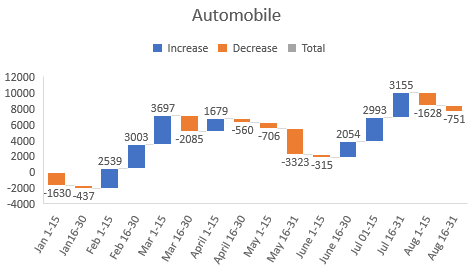
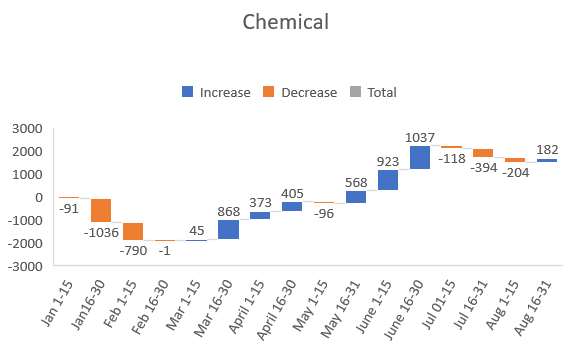
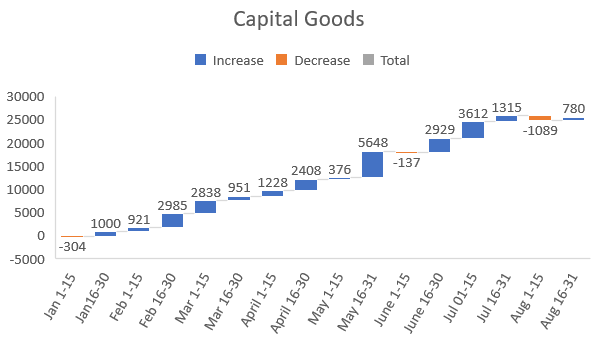
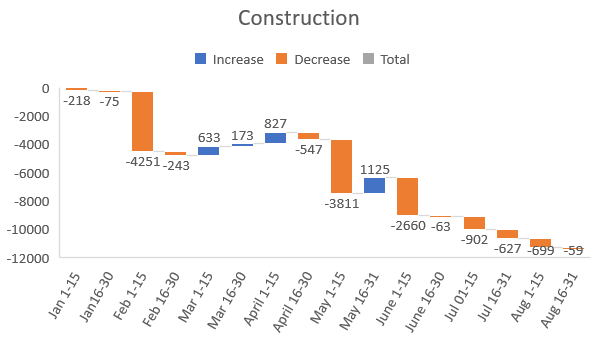
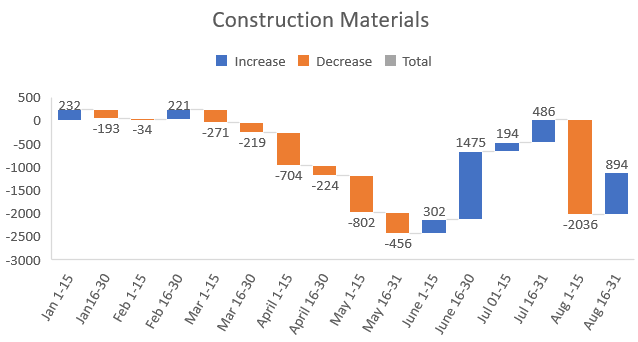
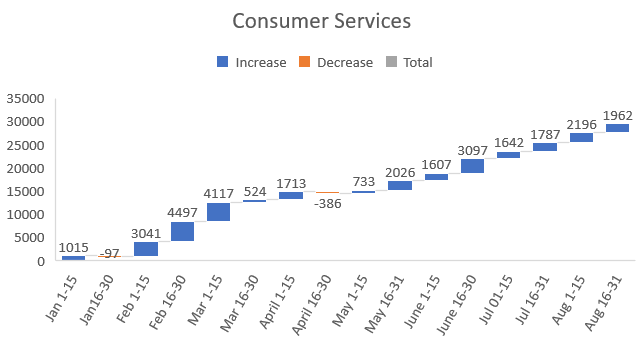
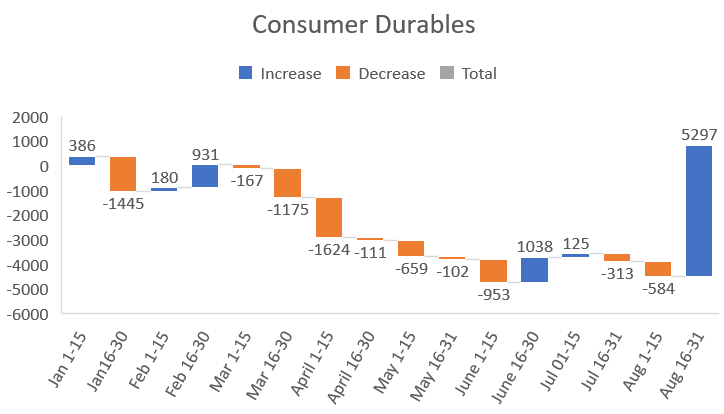
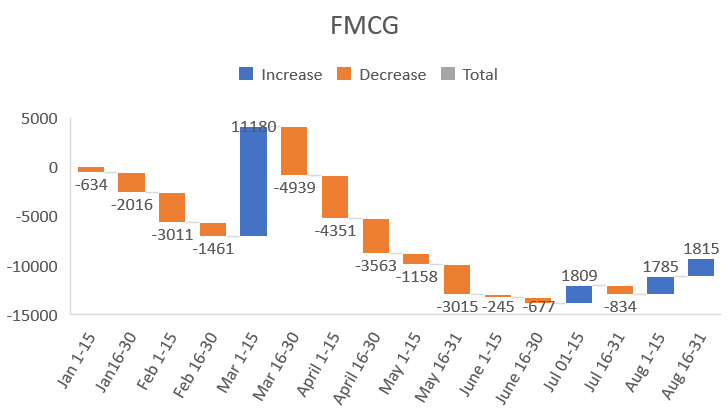
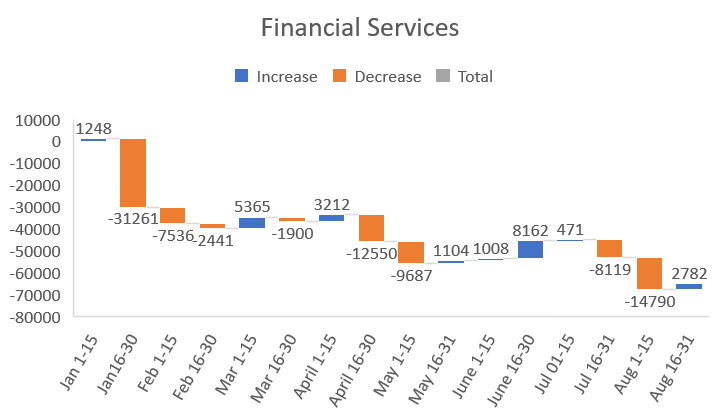
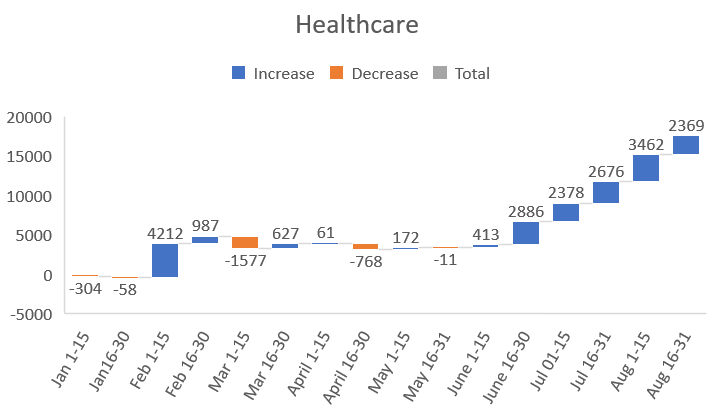
Thank you for your efforts
Nice work!